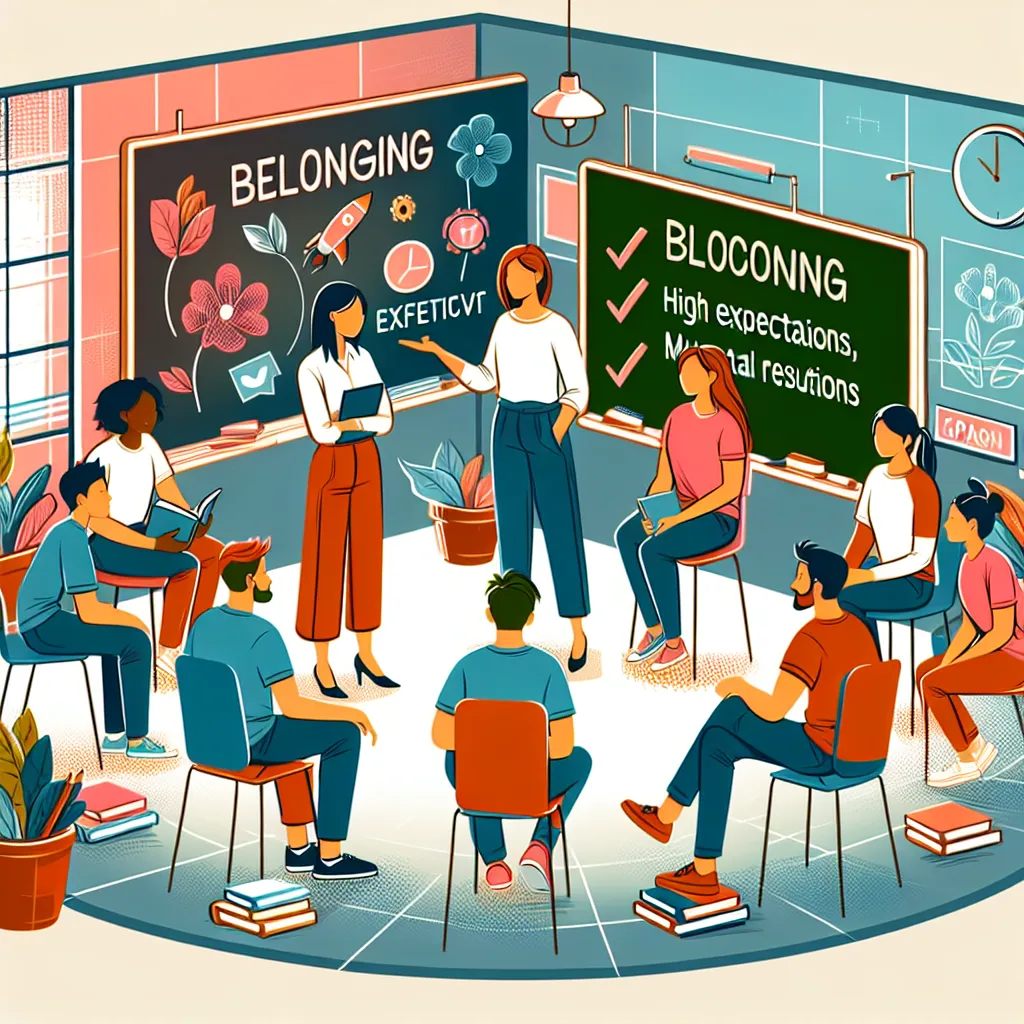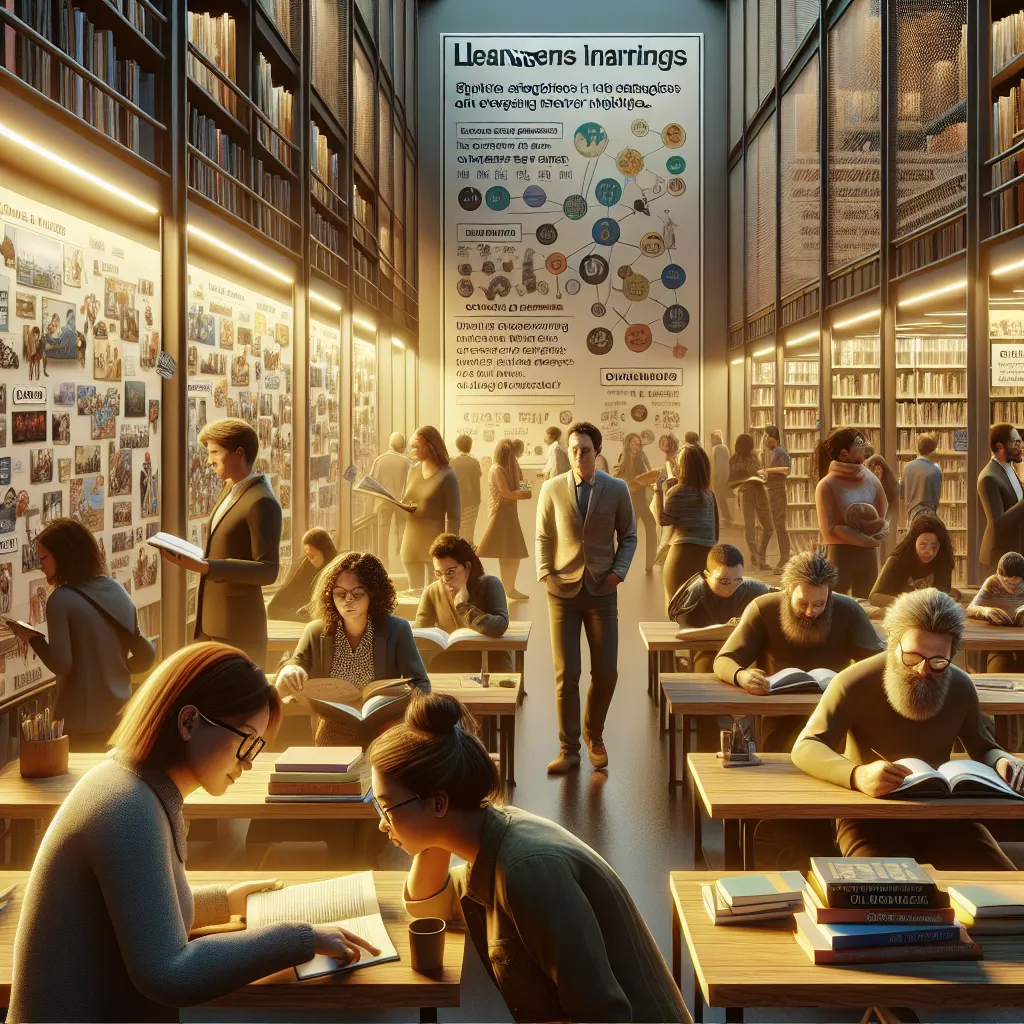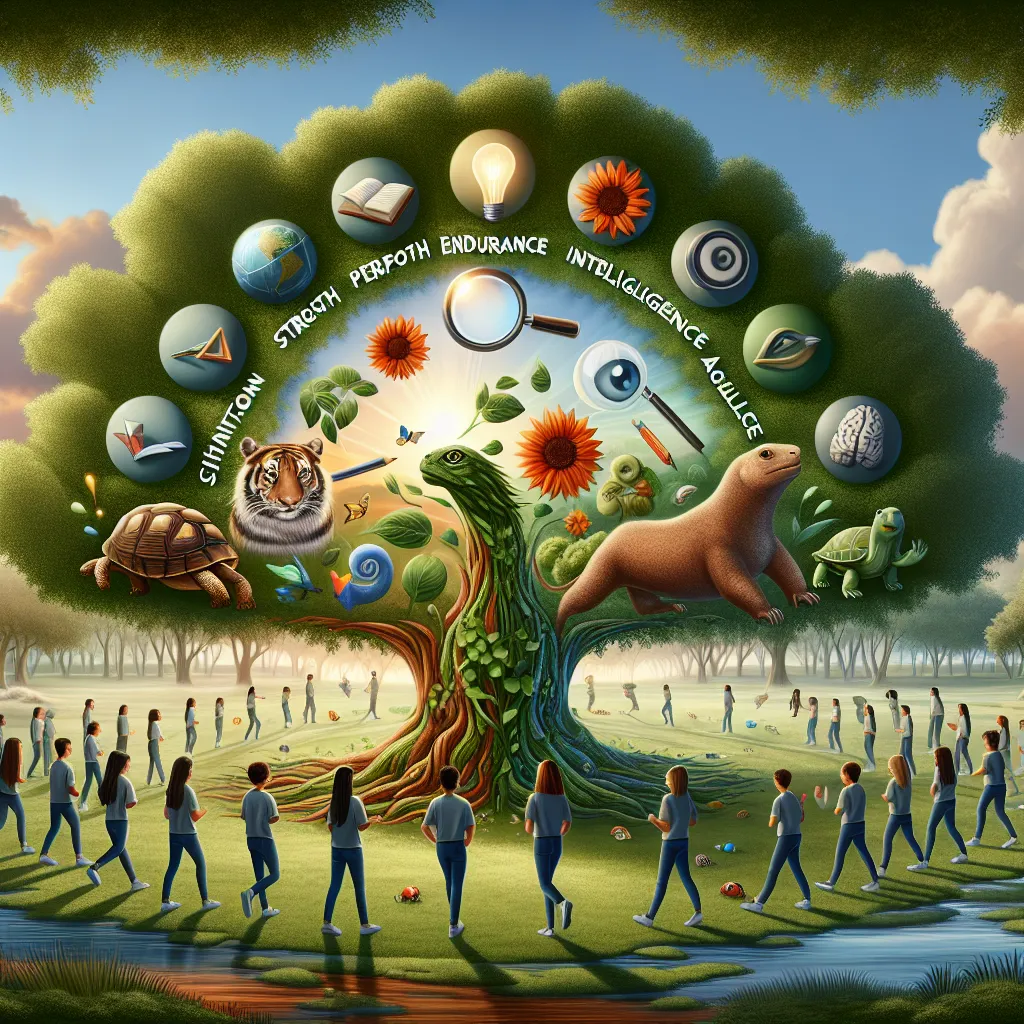Ask AI on The Internet
Question: Abstract: Creating good educator-learner relationships would therefore involve: - Creating open, professionally appropriate dialogue with learners. - Systematically building better relationships with learners. - Maintaining a high ratio of positive to negative statements. - Communicating high expectations. - Creating opportunities for personal discussions Question 1 1.1. Read the abstract above and critically discuss the five aspects that are involved in creating a good educator-learner relations ships
To critically discuss the five aspects mentioned in the abstract for creating good educator-learner relationships, let's delve into each point individually: ### 1. Creating open, professionally appropriate dialogue with learners: Open dialogue ensures clear and effective communication between educators and learners. It involves active listening, empathy, and responsiveness, thereby fostering trust and respect. Professional appropriateness means maintaining boundaries to ensure that the dialogue remains respectful and focused on learning. This approach helps to create a safe and inclusive learning environment where students feel valued and understood. **Critique**: - **Strengths**: Promotes transparency and mutual respect, enhances engagement, and builds trust. - **Challenges**: Requires skillful communication and emotional intelligence. Balancing openness with professionalism can be difficult, especially with diverse student needs and backgrounds. ### 2. Systematically building better relationships with learners: This involves using structured methods and consistent efforts to develop strong relationships with students. It can include scheduled one-on-one meetings, personalized feedback, and recognition of individual student needs. **Critique**: - **Strengths**: Provides a structured approach that can lead to sustained improvement in relationships. Helps identify and address specific student concerns. - **Challenges**: Can be time-consuming and may require additional resources. There's a risk of becoming too formulaic, which might undermine authenticity. ### 3. Maintaining a high ratio of positive to negative statements: This strategy aims to use more positive reinforcement than criticism. Positive feedback can motivate learners, reinforce desired behaviors, and build self-esteem, while constructive criticism is necessary to guide improvement. **Critique**: - **Strengths**: Encourages a positive learning atmosphere, reduces anxiety, and promotes a growth mindset. - **Challenges**: If not balanced, overemphasis on positivity may lead to complacency. Constructive criticism is essential for growth, and the challenge is to deliver it effectively without discouraging the learner. ### 4. Communicating high expectations: Setting and communicating high expectations can inspire students to achieve their potential. It involves expressing confidence in students' abilities and supporting them in reaching these standards. **Critique**: - **Strengths**: Can lead to higher levels of student achievement and self-efficacy. Builds a culture of excellence and growth. - **Challenges**: Expectations must be realistic and tailored to individual capabilities to avoid causing undue stress or feelings of inadequacy. Ensuring consistent support is critical to helping students meet high expectations. ### 5. Creating opportunities for personal discussions: This involves providing time and space for individual or small group discussions that go beyond academic content. It can include mentorship sessions, personal advisement, or informal check-ins. **Critique**: - **Strengths**: Helps in understanding students’ personal contexts, which can inform teaching strategies. Builds deeper, more personalized relationships. - **Challenges**: Time-consuming and may not always be feasible in larger classes. Risks of crossing professional boundaries if not handled with care. ### Overall Considerations: Collectively, these aspects contribute significantly to building strong educator-learner relationships. They highlight the importance of communication, personalized attention, positive reinforcement, and high expectations in fostering a conducive learning environment. However, educators need to balance these aspects carefully, ensuring that their approach is adaptive to the diverse needs of learners. Continuous reflection and professional development are essential for effectively implementing these strategies.
Think your answer is better than the AI's? Post it below.
Other Most Relevant Posts:
 Title: Crafting a Supportive Learning Community at Green Valley High School: Strategies and Challenges
Title: Crafting a Supportive Learning Community at Green Valley High School: Strategies and Challenges
Question Tags
If you want your question answered by an AI, click here.






Post your own comment: